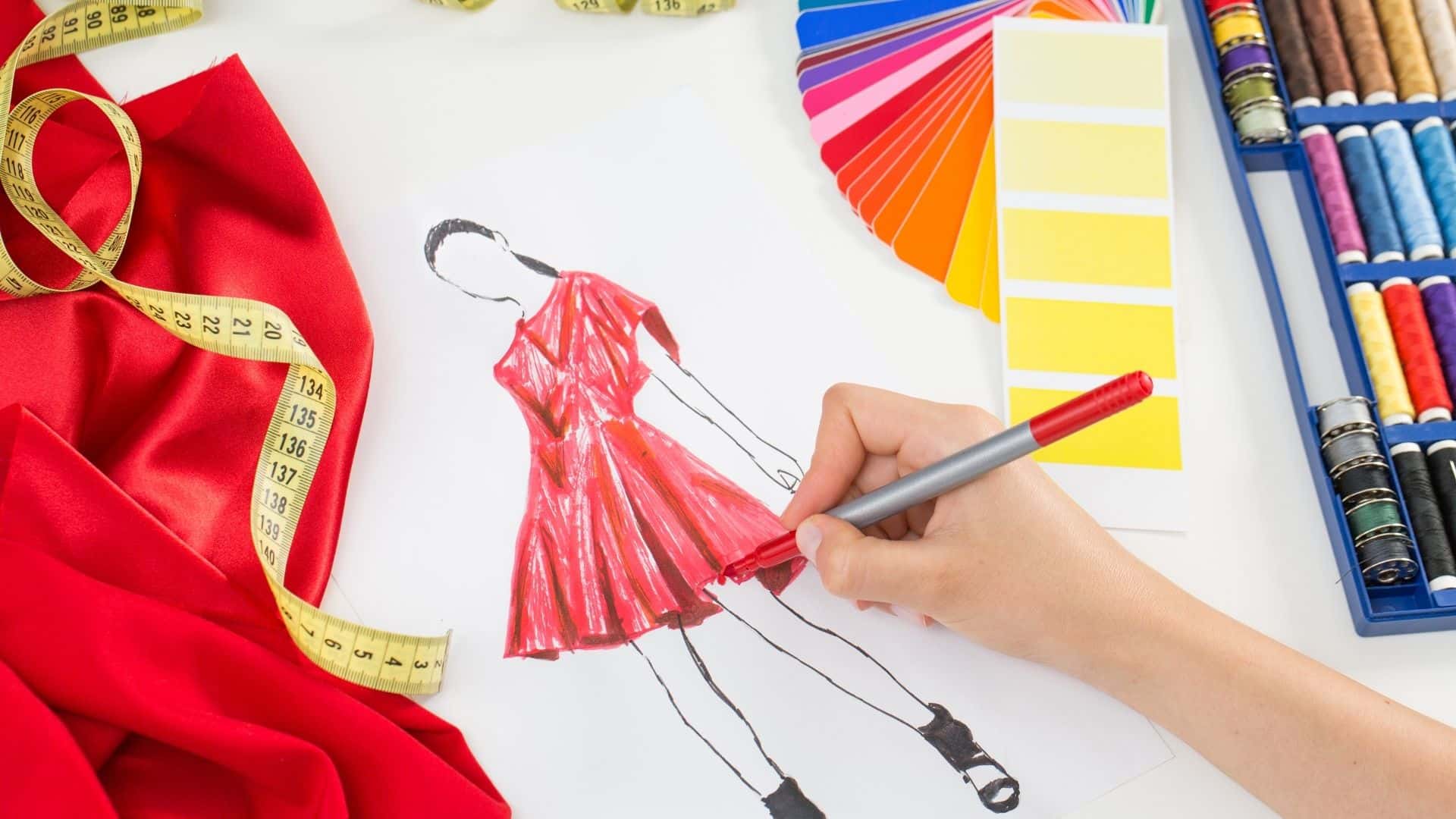All about fashion designing
Featured
- Get link
- X
- Other Apps
The Role of Inspiration in the Design Process
Once designers have a solid grasp of trends and consumer insights, they begin to gather inspiration for their collection. This stage is highly creative and often involves a blend of external stimuli and personal interests.
a. Cultural and Artistic Influences
Inspiration can come from nearly anything: nature, history, art, architecture, and culture all play significant roles in shaping fashion. Many designers turn to art—whether it’s a movement like Art Deco, Renaissance, or Impressionism—to ignite their creativity. Likewise, fashion history itself provides a treasure trove of inspiration. Past eras, from the Roaring Twenties to the Victorian Age, influence contemporary collections in profound ways.
Designers may also draw inspiration from architecture, where structural forms and intricate details inform the silhouettes and cuts of garments. Cultural influences are another key source of inspiration. Whether it's a specific country, a movement, or an ethnic style, designers often incorporate elements from various cultures, reflecting global diversity and personal experiences.
b. Nature and the Environment
Nature is one of the most frequent sources of inspiration in fashion design. Many designers take their cues from the colors, textures, and patterns found in the natural world. Whether it’s the soft curves of a leaf or the vivid colors of a sunset, the beauty of the environment can influence fabric choice, color palettes, and overall design concepts. Designers often find themselves visiting botanical gardens, hiking through forests, or observing the changing seasons for their next collection’s theme.
c. Travel and Exploration
Travel is another important source of inspiration. A designer's travels can provide exposure to new cultures, landscapes, and fashions. Observing different lifestyles and rituals around the world can spark a designer’s imagination. For example, a trip to the Middle East might result in the incorporation of traditional garments like kaftans or abaya, whereas a journey to Asia could inspire the use of kimonos or saris in contemporary designs.
d. Personal Experiences and Emotions
Fashion is also deeply personal, and many designers create collections based on their own experiences or emotional journeys. A designer’s background, experiences, and personal identity often shape their vision and the stories they want to tell through their garments. These personal connections help give a collection a unique voice, allowing designers to express their inner worlds and emotional narratives through fabric, texture, and silhouette.
- Get link
- X
- Other Apps
Popular Posts
Innovations in Fashion Design: The Role of Technology
- Get link
- X
- Other Apps

Comments
Post a Comment